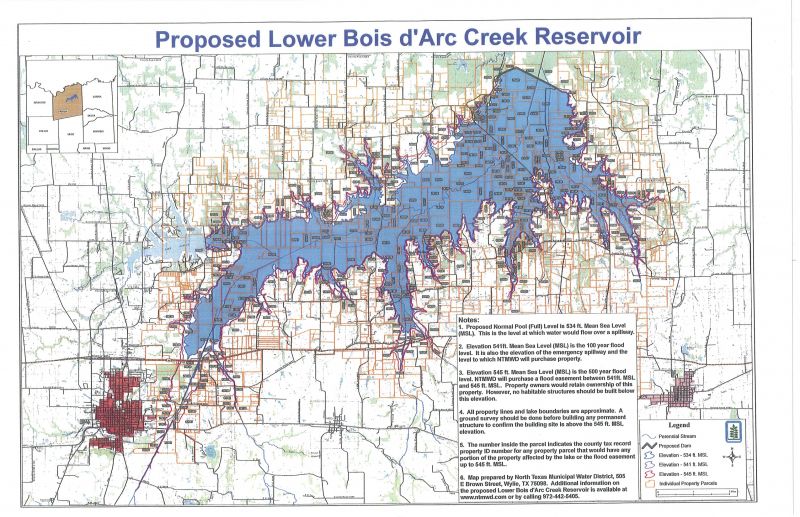Hands on Habitat
Thursday, August 29th, 2019This is Passport to Texas
The Lone Star State is revered for its exceptional sport fishing opportunities.
To preserve and enhance these destinations, a recent project at Lake Sulfur Springs experiments with nontraditional materials and designs to create artificial habitat.
Fish need habitat and structure in general.
Tim Bister is a District Fisheries Biologist with Texas Parks and Wildlife
Even in reservoirs that left timber standing, over time, that timber in the water breaks down and the habitat for the fish declines. We’ve done work with Christmas trees in the past but the PVC that we’re using in the structures we’re building today are going to last for many, many years
One design for artificial habitat involves using simple, materials like PVC pipe and corrugated plastic drainpipe. Biologists and volunteers use the PVC to build a four-foot cube-shaped framework, and then weave and secure the drainpipe to it; it’s not much to look at, but it creates a nest-like structure.
Kody Corrin is the state director for Bass Unlimited and a restoration project volunteer
Somebody that doesn’t really know would think that we’re just piecing recycled garbage together, and we’re really not. We’re actually providing good habitat for the fish.
The Sport Fish Restoration Program supports our series.
For Texas Parks and Wildlife…I’m Cecilia Nasti.







 Passport to Texas is a
Passport to Texas is a  Passport to Texas is made available by:
Passport to Texas is made available by: